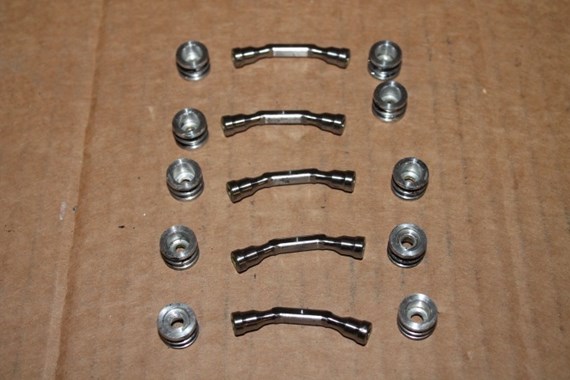I'm hoping that someone here can give some advice on press-together cranks, as can be found in some motorbikes. I'm looking at a flat-plane V8 crank.
I can see how there could be some distinct advantages over a billet crank, such as being able to have hollow big-end journals, which would allow me to reduce the counterweight masses, etc. With the ability of good CNC gear to make nearly anything and do it very well, I was also wondering if instead of the usual interference-fit parts that are cylindrical and are pressed together when the male part of cold and the female part is heated, then a touch of weld to lock them solidly, could you get those parts machined so that they have, say, an octagonal (or more sides, each blending into the next with a small radius) shape but still require a reasonable temperature differential to get them together? Still an interference fit otherwise though.
I'm also wondering about the overall strength; In a conventional billet crank the stress areas are naturally in the corners of the various bearing journals, but with a press-together type would those stress areas be much different as the corners are made from two parts instead of the one? Better or worse?
- Login or Register
No account yet? Sign up



